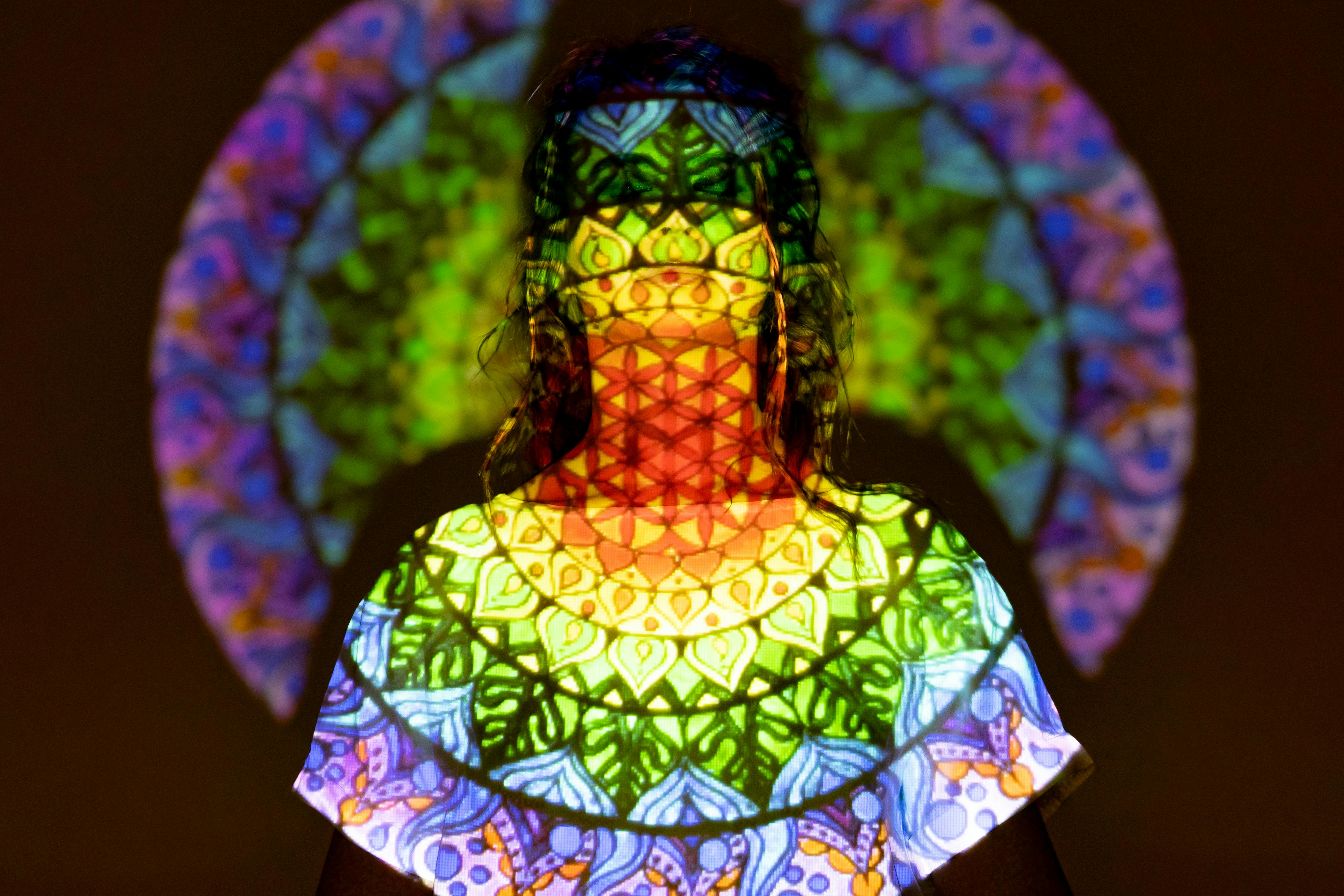
Jumper’s knee pain
The patella tendon attaches the kneecap to the shin bone. This, along with the quadriceps muscles, allows the knee to bend and straighten, providing power for lifting and stabilization when landing. Certain physical activities, especially those that involve a lot of jumping and directional movement, such as basketball and volleyball, increase stress on the patellar tendon and accompanying quadriceps muscles. This gradual increase in tension over time results in the patella tendon and surrounding tissue becoming irritated and inflamed, thus creating the condition known as jumper’s knee or patellar tendonitis. This is a fairly common injury in athletes.
Symptoms of jumper’s knee
The first symptom that people with jumper’s knee present is pain in the lower part of the kneecap; this can be followed by swelling. As the condition progresses, people may experience pain and stiffness after exertion, and in some cases, weakness in the calves. In extreme cases, grinding sounds can be heard and swelling occurs in the knee.
Jumper’s Knee Treatment
Jumper’s knee can be classified into four different grades and treatment depends on which grade one is in. The grades are as follows:
• Grade 1: This is when the pain occurs in the lower part of the kneecap but only after training. This can be treated by resting, icing the affected area, and elevating the leg.
• Grade 2: This is when the pain occurs both before and after physical activity. Reducing activity usually works, however light physiotherapy may be required along with the methods mentioned above in grade 1.
• Grade 3: This is the stage where pain occurs during activity. The treatment is the same as those mentioned in grades 1 and 2.
• Grade 4: This is the most serious case as the pain is now constant and occurs during daily activities. An extensive break from physical activity is required at this stage, for at least four months. If the pain persists, surgery may be required, although it should be a last resort. Surgery is usually agreed upon after all other treatments have been ruled out and the tendon can be seen as degenerative on an MRI.
Other treatment methods include strengthening the calf muscles and quadriceps, proper stretching before activities also helps reduce the risk. A special type of massage treatment known as transverse friction/cross fiber friction massage is also used. Anti-inflammatory medications such as ibuprofen and Voltaren may be used to control pain and reduce swelling.
Treatment of jumper’s knee is slow and it can take months before one makes a full recovery. Once the system recovers, it is highly recommended to stretch the quadriceps, hamstrings and calf muscles before physical activity. Getting into the habit of stretching and warming up and cooling down reduces the risk of the problem happening again.
Jumper’s knee can have a huge impact on an athlete’s career, however, with proper awareness of this issue and adjustments to training methods, this is an obstacle that can be easily overcome when one seeks to get one’s life back on track. life.
Leave a Reply